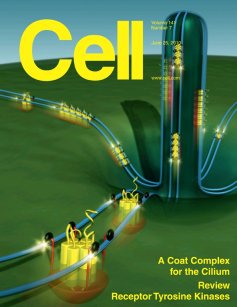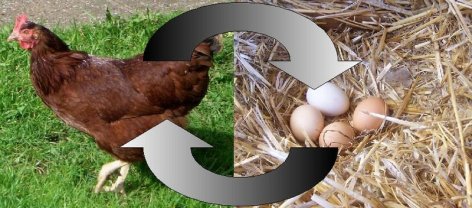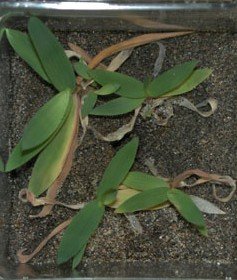
On October 4-8, The Old Schoolhouse Magazine will be hosting its second online convention, and I will be one of the speakers. It’s not the first time I’ve done an online convention, but I am very excited about it. In order to promote the convention, they are having a couple of “preview” events, and I am speaking at the one on August 24th. The topic is one that I have not spoken on before, but it is very near and dear to my heart:
Be Open-Minded, but Don’t Let Your Brain Fall Out!
This topic is very important to me because if I had not been open-minded, I would not be a Christian today. I was an atheist at one time, but as a result of being taken to an “Atheism versus Christianity” debate, I ended up realizing that I had been incredibly closed-minded regarding my atheism. Thus, I opened my mind and read some books by Christian thinkers, and it changed me forever! I am truly a new creation, but only because I decided to open my mind and read what people I disagreed with said about serious issues.
Over the years, I have tried to apply that same kind of open-mindedness in all I investigate. I honestly believe that’s why I am a young-earth creationist. I could easily have been a theistic evolutionist if I had simply accepted uncritically what my teachers and my textbooks told me. However, because I was willing to consider views that were not necessarily in line with “mainstream” science, I ended up coming to the conclusion that young-earth creationism is the most reasonable scientific position to hold.
So open-mindedness is quite important to me, but at the same time, it brings along a tension. To exercise my open-mindedness, for example, I read a variety of works, including those by atheists. While most atheists (like Richard Dawkins, for example) are rather easy to dismiss because of their irrationality, every now and again, I read atheists like Bradley Monton who make me uncomfortable, as they bring up some excellent rational points.
My goal, then, is to be open-minded, but not so much that my brain actually falls out, and I end up believing everything I read. How do I accomplish that? Come find out!





